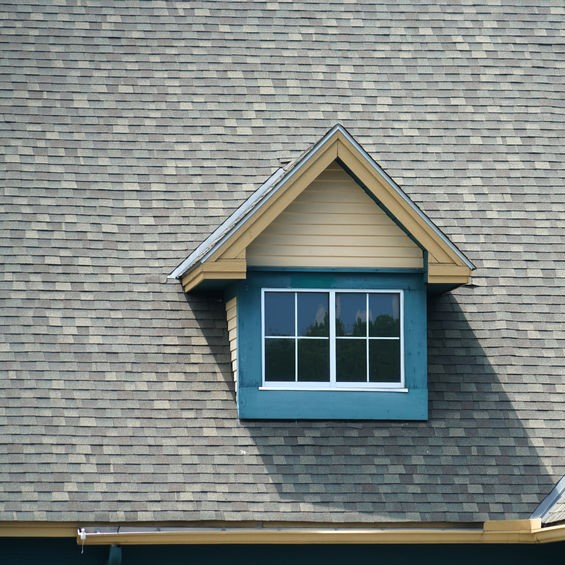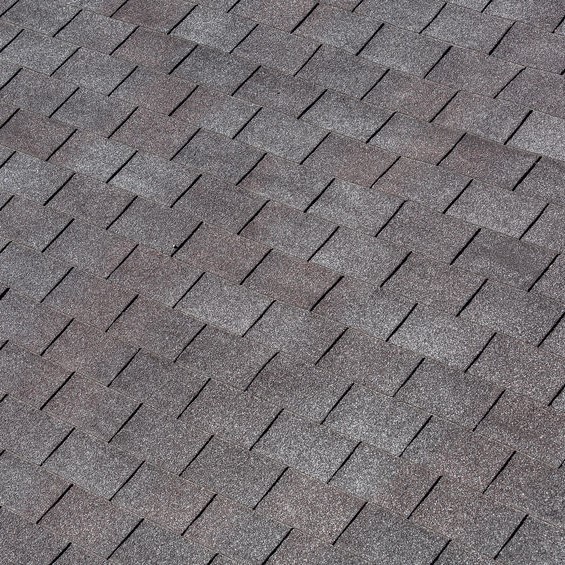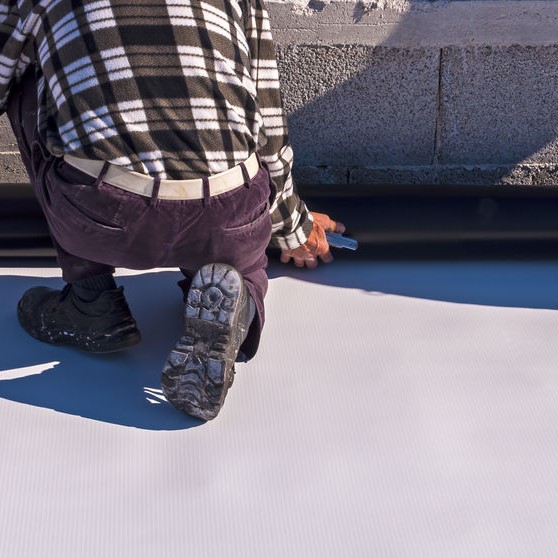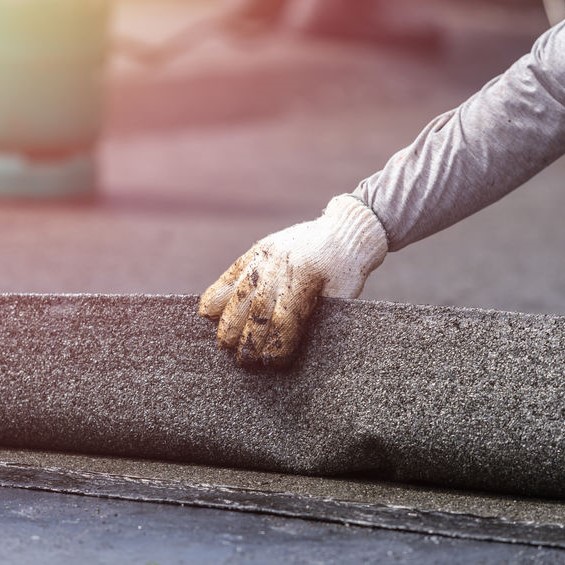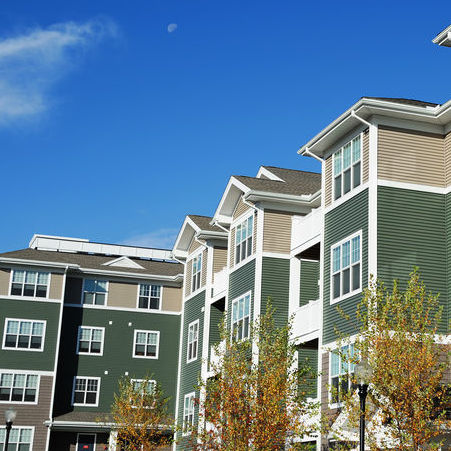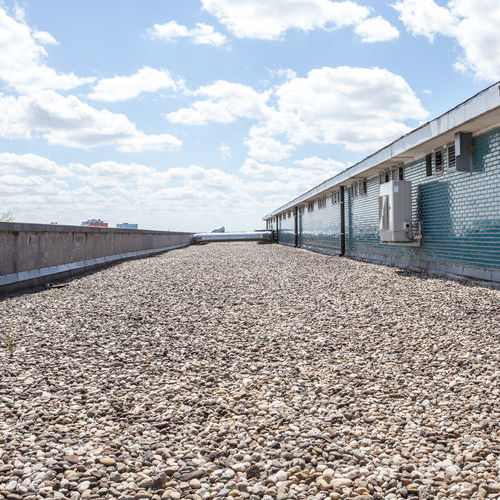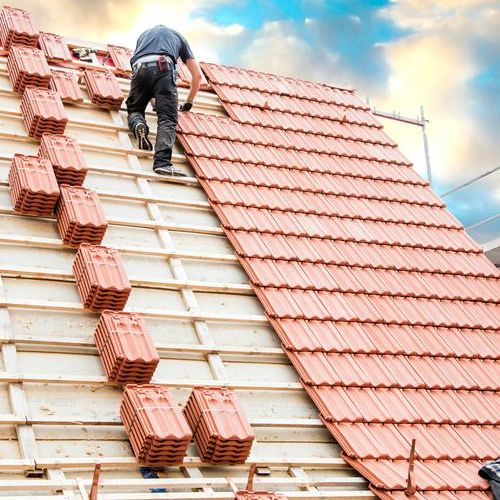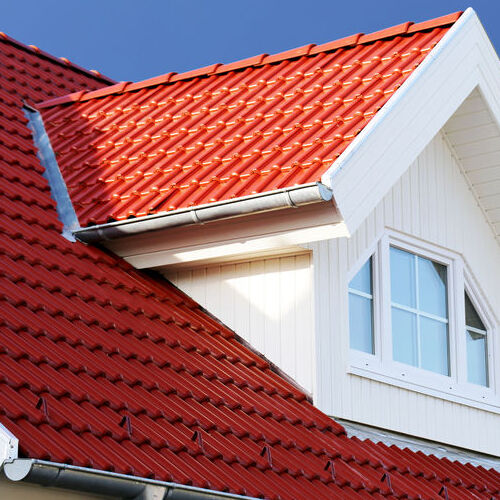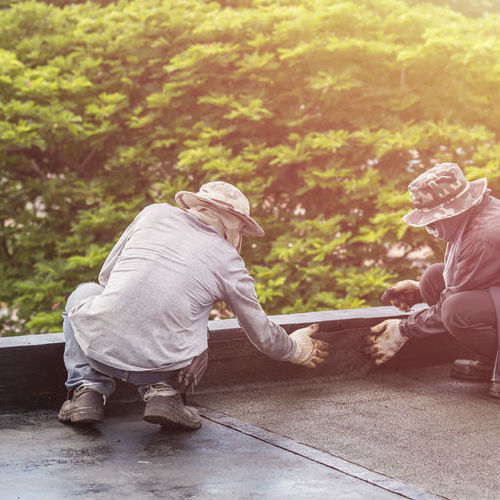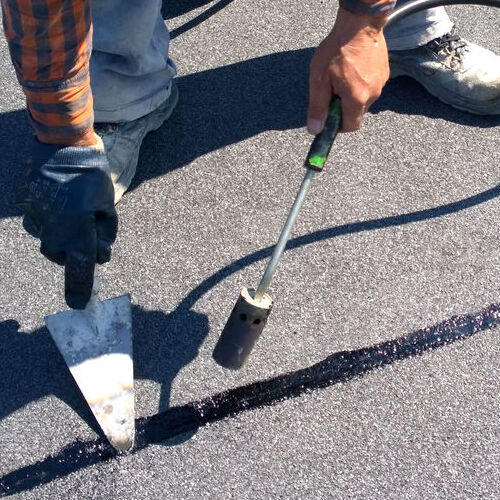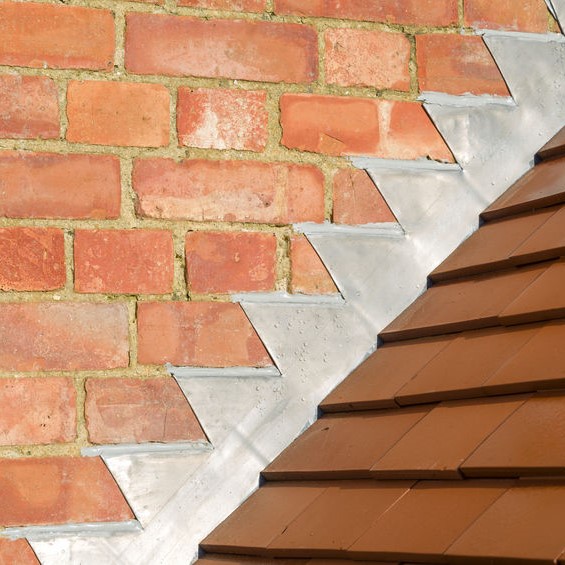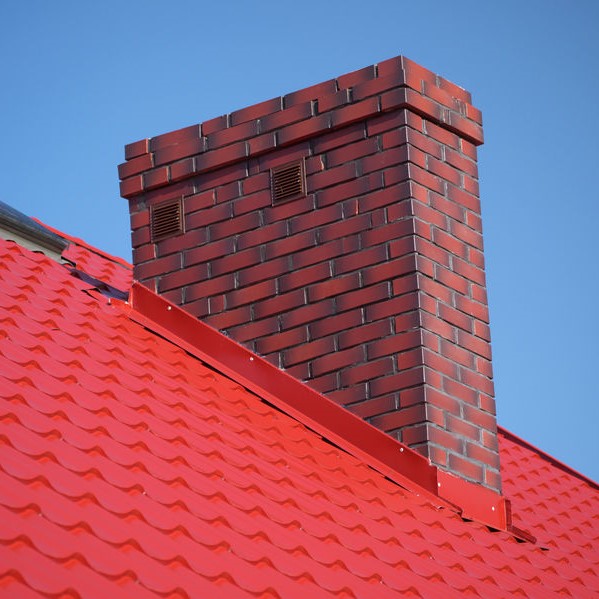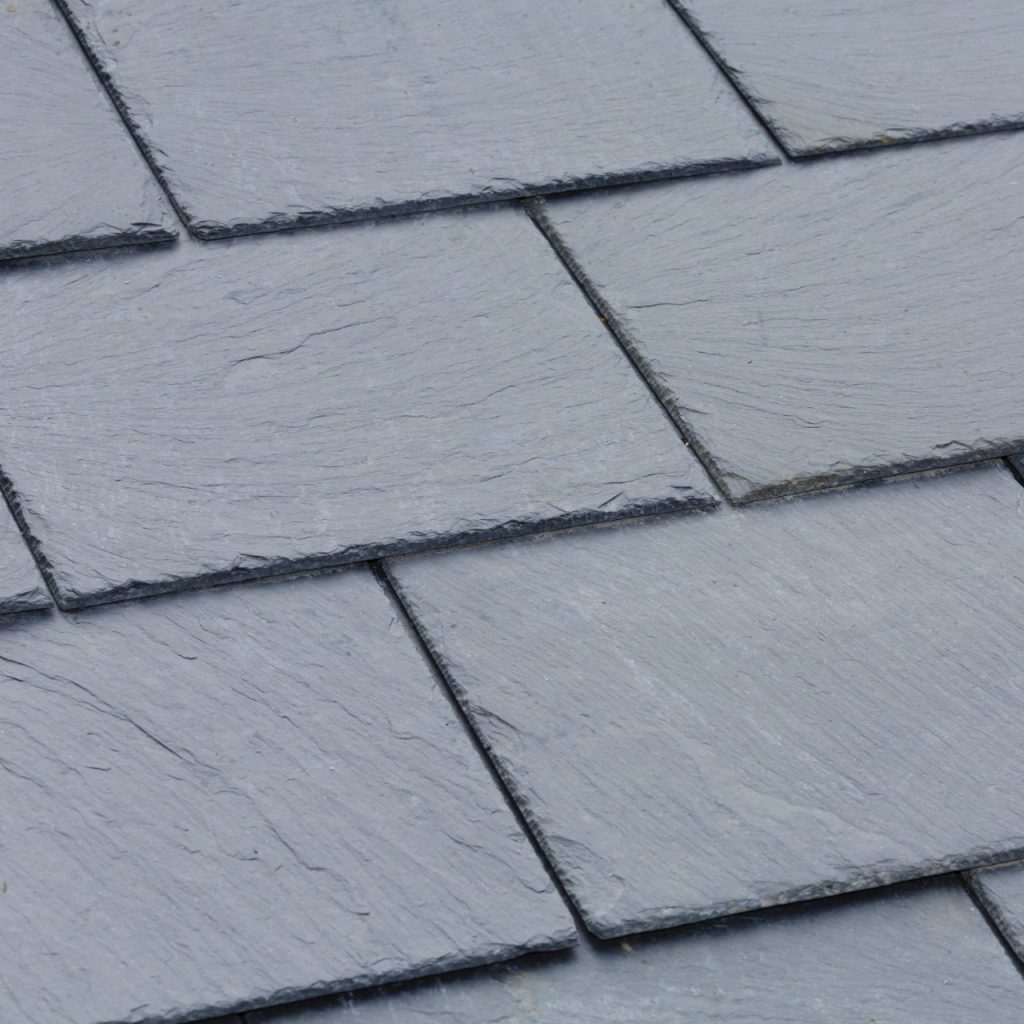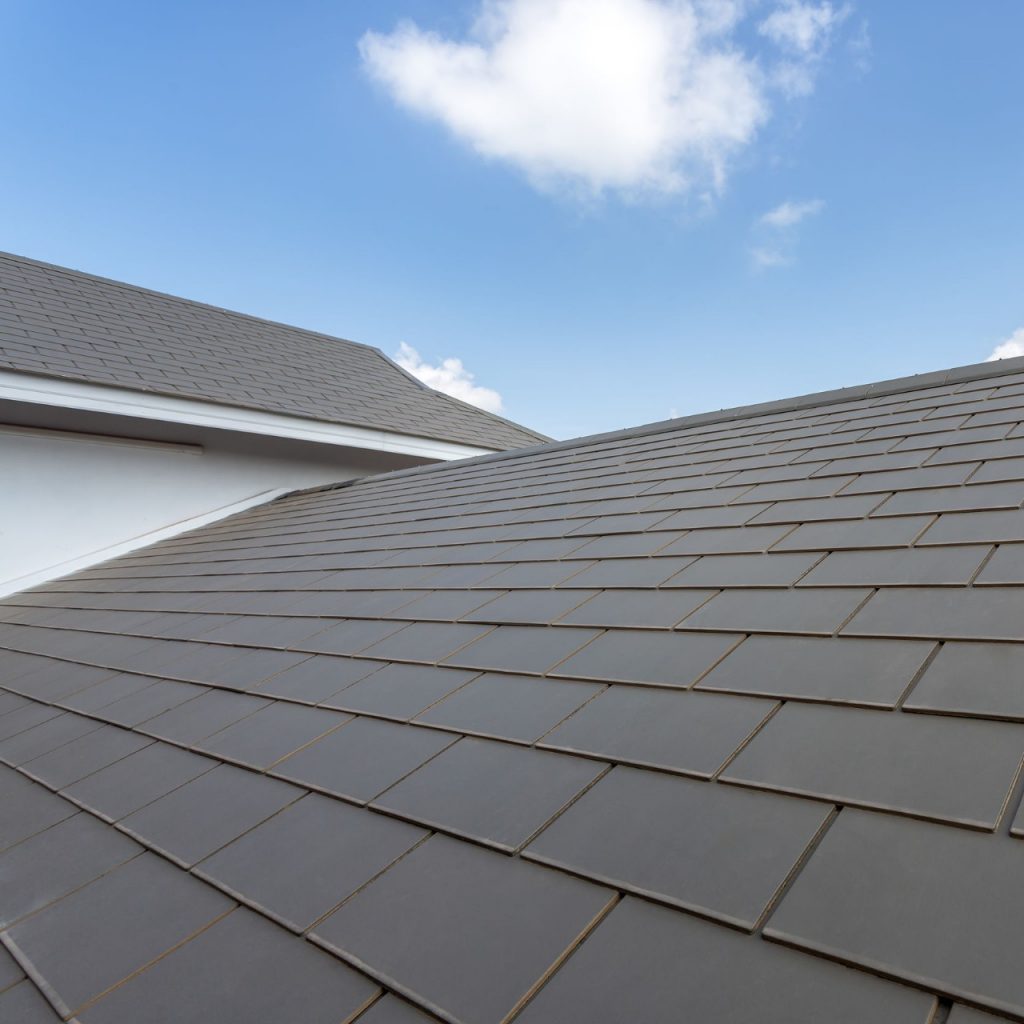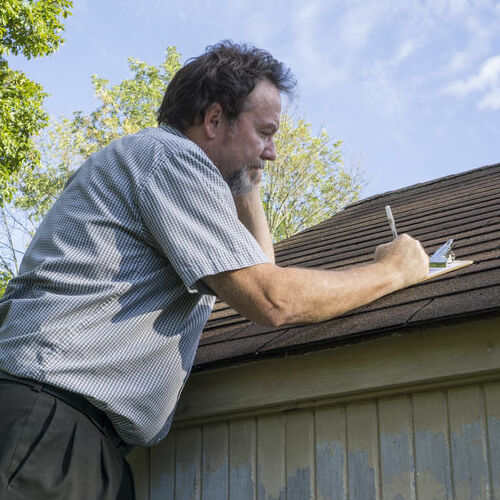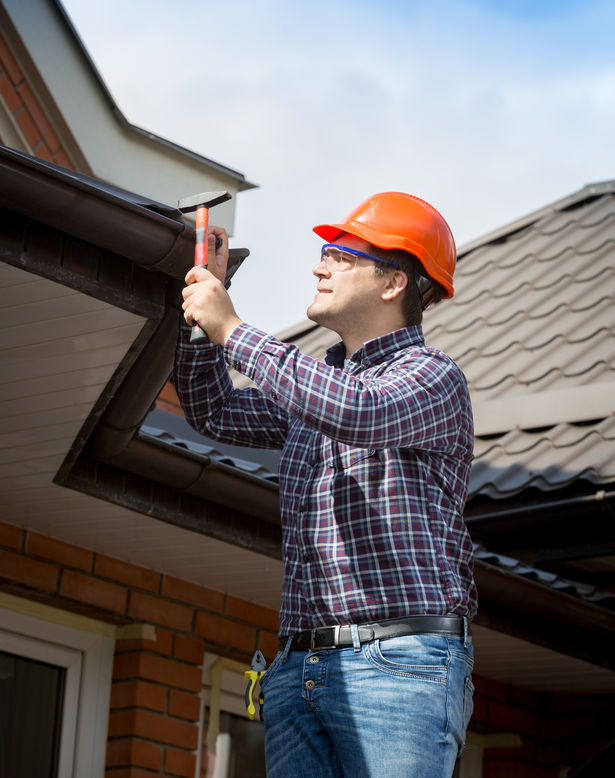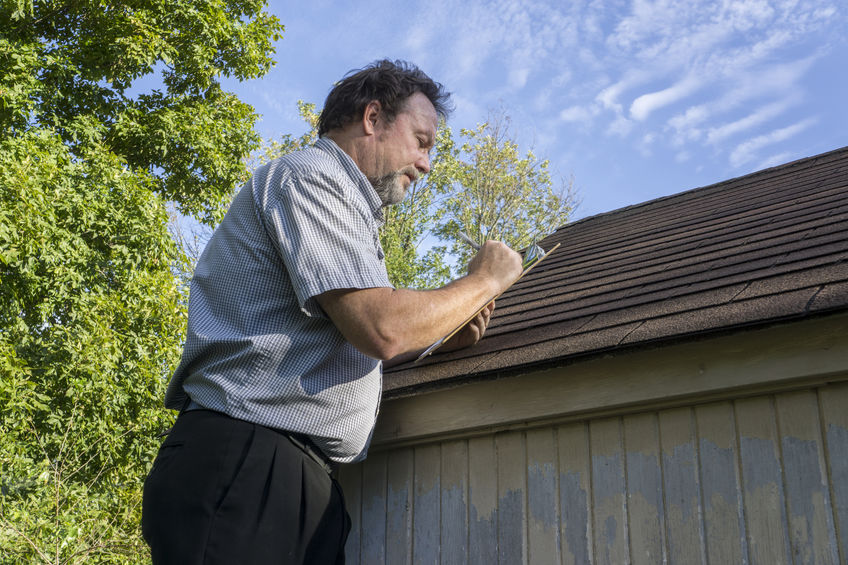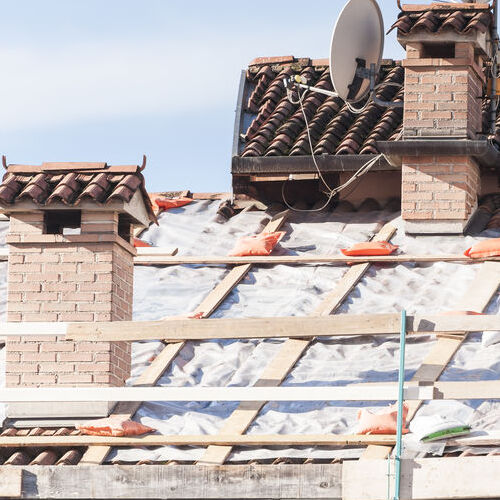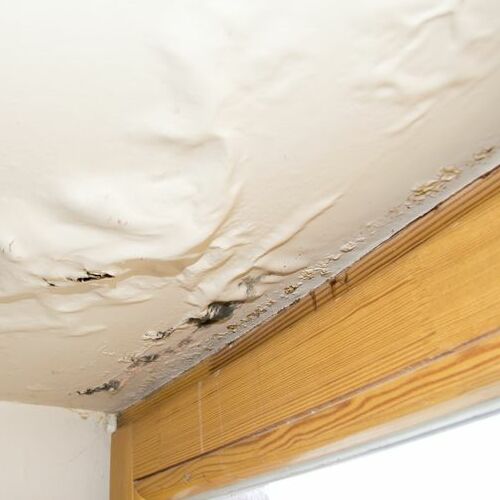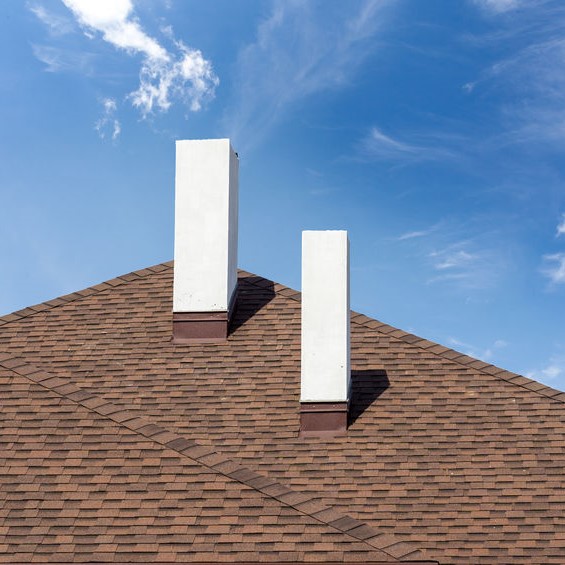
How thick should roof decking be?
Are asking yourself, “What is roof decking?” Allow Sugar Land Premier Roofing answer this for you! Around the chimney and under the shingles is the roof decking. Can you see it from the ground? Hopefully not! Could you see it from the advantage point of a drone flying over? Again, hopefully not! What is the roof decking if you can’t see it? Roof and decking are a pair.
Roof decking, or roof sheathing, is the roof system’s foundation that connects the roof to your home. The roof decking is the base that structural roof trusses or the bones to the attic. It covers the rafters and supports the roofing shingles.
Roofing material manufacturers and contractors recommend a minimum deck thickness of 3/8-inch. Today, new homes are often constructed with half inch or even 5/8-inch roof decking. The lower the slope, the thicker roof decking is recommended because of the possible weight it will need to hold.
What is the best option for roof decking?
The foundation to your home is a vital component, but the roof decking is just as important. The roof is what keeps rain, snow, and wind, out. There are three types of roof decking that can be used:
OSB (Oriented Strand Board)
OSB has been used for roof decking since the late 1970s, and in 2006, almost sixty percent of all homes had OSB roof decking. OSB is manufactured with intertwining wood strands that is bonded together with a waterproof resin. This combination provides optimal moisture and waterproof resistance. OSB is a popular choice for roof decking because of the cost, but the downside is any roof leak where water gets to the OSB roof decking, it becomes weak. A weak roof decking leads to shingles loosening, mildew, and mold building.
Plywood
Plywood roof decking is another popular choice made from interwoven wood. The thickness reduces shrinkage, swelling, and warping. This dense material doesn’t absorb moisture, eliminating further damage and rot to your home, making it as durable and strong as OSB roof decking.
Concrete
Concrete roof decking is typically use on commercial buildings today and gaining more popularity, especially for commercial structures that plan to have a green roof. More environmentally-friendly than OSB or plywood roof decking but does require that any residential structure that is being considered for concrete roof decking, the structure be inspected for strength to hold the weight of concrete.
How long does roof plywood last?
As plywood roof decking can lasts up to 40 years if the roof is well maintained and no roof damaged has occurred. After the 40 year mark, delamination can happen and a replacement should be considered.
What causes roof decking to warp?
Roof decking is considered warped when sagging is visible on any area of the roof. The visible indications could be uneven shingles, blistered sections, or ends of the curling. There are various causes, but the most found causes are:
- Uneven Rafters: If a roof decking is installed with the roofer ensuring even rafters, the roof decking will warp. In correct spacing of the roof deck panels will cause warping.
- Issue with Underlayment: Underlayment that isn’t dry and flat when installed won’t stay in place, wrinkling occurs, resulting in warped roof decking.
- Inadequate Ventilation: Inadequate ventilation will allow moisture to accumulate in the attic. This can distort the roof decking and cause it to warp.
- Water Damage: Plywood roof decking creates a warped effect when water is allowed through the exterior, which is typically caused by poor installation.
- Various Shingle Layers. When multiple layers of shingles or other roofing material are left with new roof installation, the roof decking will become weak and warp.
What Is roof decking?
Yes, plywood that is used for roof decking should be treated to prevent moisture and rot.
When should roof decking be replaced?
Not all plywood roof decking will last 40 years. Indications that you need to roof decking are:
- Bowing and bulging: Moisture creates wood rot and that can cause roof decking to sink, swell, and warp.
- Fungal and mold:: Unnoticed moisture and wood rot on roof decking will allow fungi and mold growth, reducing air quality, and this leads to warped roof decking that needs to be replaced.
- Insulation damage: Wood roof decking that has moisture and rot will damage roof decking with insulation, reducing the energy efficiency, costing you money with higher utilities.
- Wood Damage: Dry wood rot will spread to other wood around and in your home, including the structural wood.
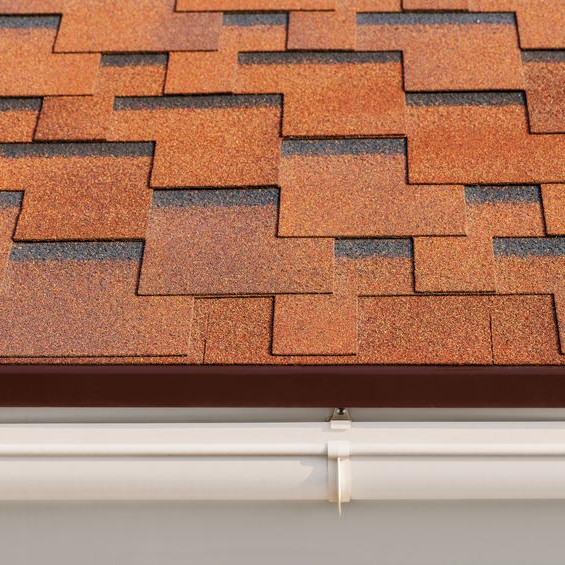
Does homeowners insurance cover roof decking?
If the roof decking has been damaged by the perils that damaged the asphalt shingling, yes, your homeowner’s insurance should cover the cost of replacing the roof decking as well. As always, review your policy about roofing stipulations of what your policy excludes. Commonly, if the insurance adjuster deems the damaged roofing, including the roof decking, is from homeowner neglect, the roof and roof decking claim will be declined. Call SLPR at 832-581-9234 today for your roof decking needs.


